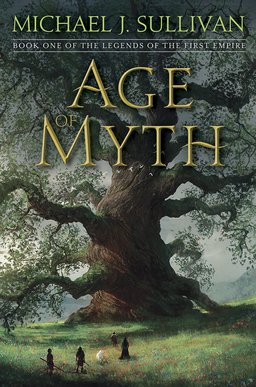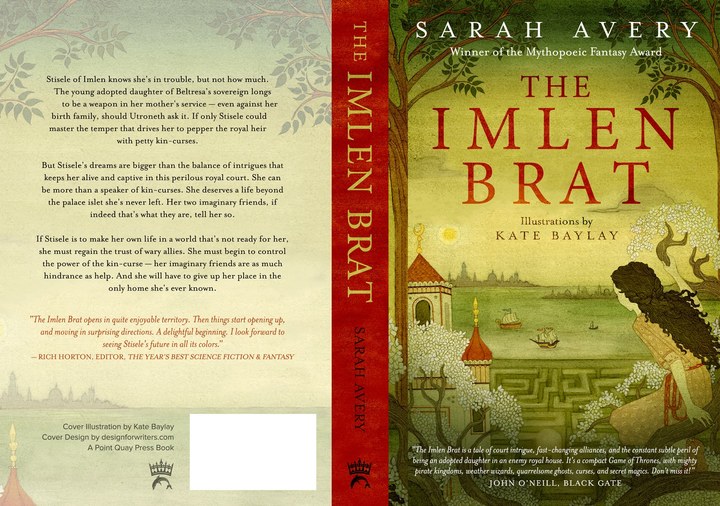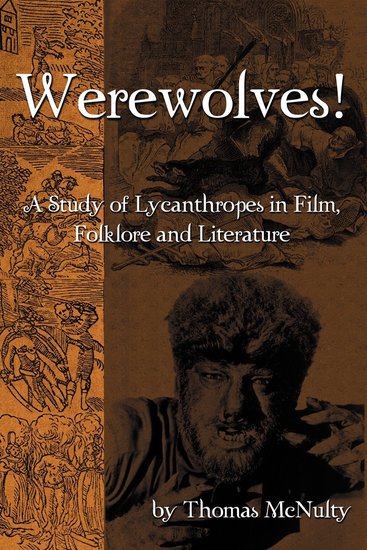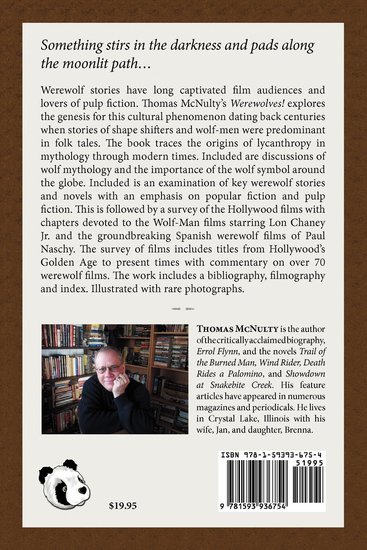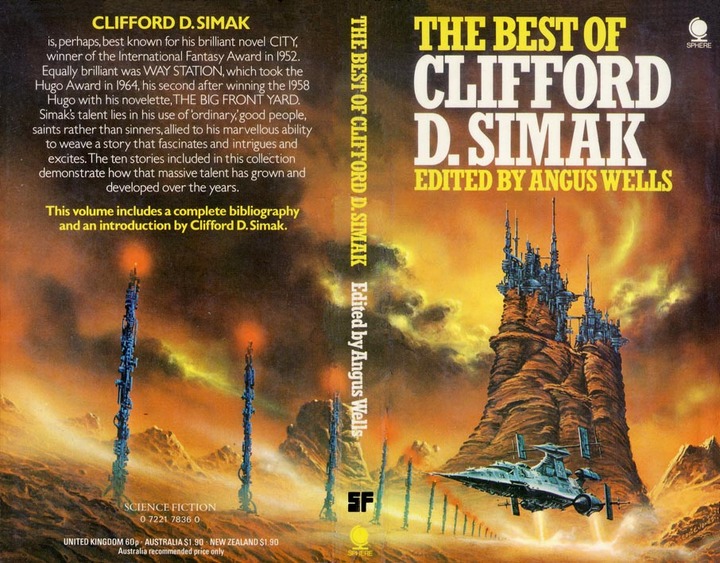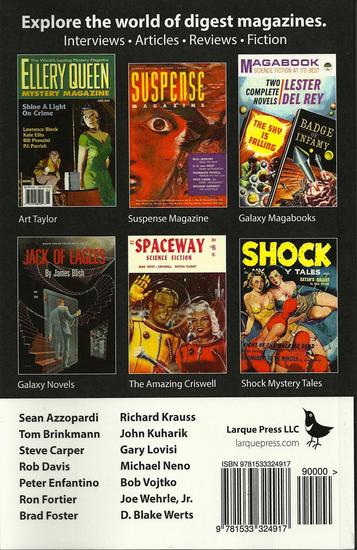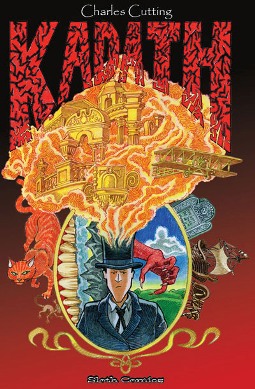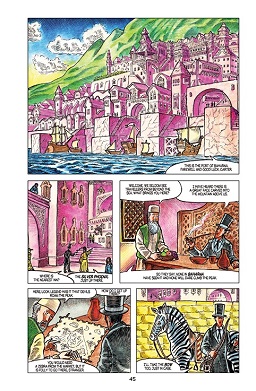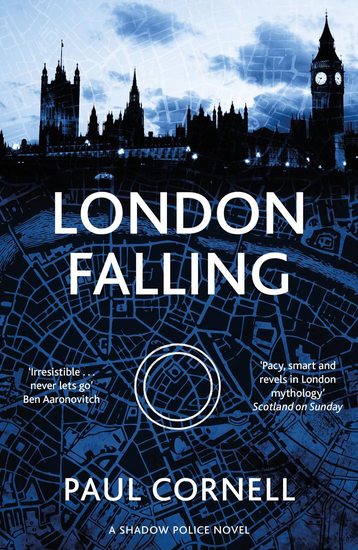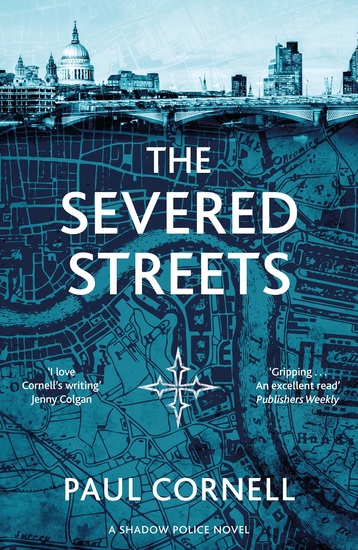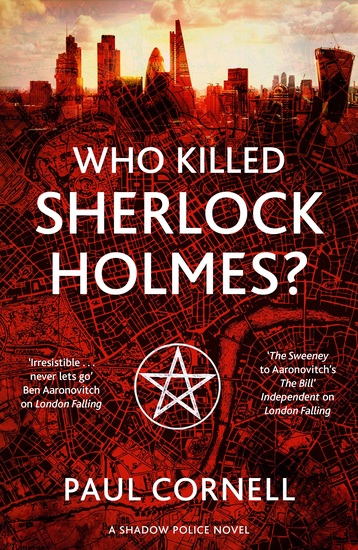Check Out the Latest Fantasy Fiction at Tor.com
 |
 |
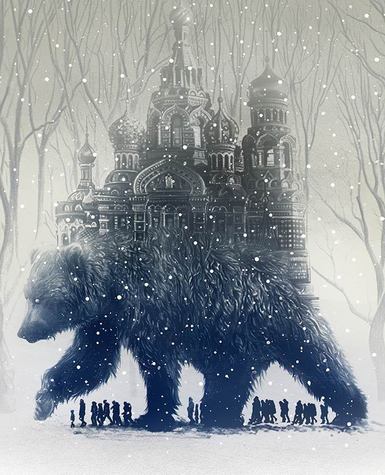 |
Okay, not technically the latest fiction, since I’m still getting caught up. Let’s say recent fiction, and leave it at that. We’ll start with “Your Orisons May Be Recorded” by Laurie Penny, a hilarious and poignant story of an angel working in call center, answering prayers. Her co-worker is a demon, and she’s not allowed to actually answer any prayers, but those aren’t her greatest concerns… far from it, as it turns out. “Your Orisons May Be Recorded” was edited by Patrick Nielsen Hayden and illustrated by Yuko Shimizu (above left). It was published March 15.
Caighlan Smith’s dark fantasy “The Weather” was edited by Ann VanderMeer, and illustrated by Keith Negley (above middle). It was posted on March 23rd. Here’s the description.
In the middle of a barren wasteland, a small town goes through the motions as if nothing’s changed. Lolly has school, a part time job, a senile grandmother that needs looking after. But everything has changed, and Lolly’s always one storm away from facing that.
Finally, we have “Freedom is Space for the Spirit,” a contemporary fantasy by Glen Hirshberg. It was edited by Ellen Datlow and published on April 6, 2016, with artwork by Greg Ruth (above right).
“Freedom is Space for the Spirit” by Glen Hirshberg is a fantasy about a middle-aged German, drawn back to Russia by a mysterious invitation from a friend he knew during the wild, exuberant period in the midst of the break-up of the Soviet Union. Upon his arrival in St. Petersburg, he begins to see bears, wandering and seemingly lost.
We last covered Tor.com with Alter S. Reiss’s epic fantasy “Recalled to Service.” For more free fiction, see our recent online magazine coverage.
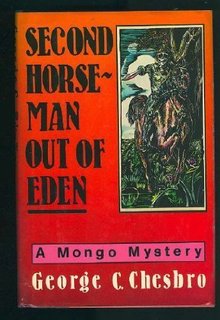 I haven’t heard much about George C. Chesbro lately, and I don’t think it’s entirely because he died in 2008. Chesbro was one of those writers who are somehow just a little bit too extreme – in one way or another – to become widely popular. The people who like Chesbro’s stuff really like it, and the ones who don’t, are often left a little perplexed.
I haven’t heard much about George C. Chesbro lately, and I don’t think it’s entirely because he died in 2008. Chesbro was one of those writers who are somehow just a little bit too extreme – in one way or another – to become widely popular. The people who like Chesbro’s stuff really like it, and the ones who don’t, are often left a little perplexed.